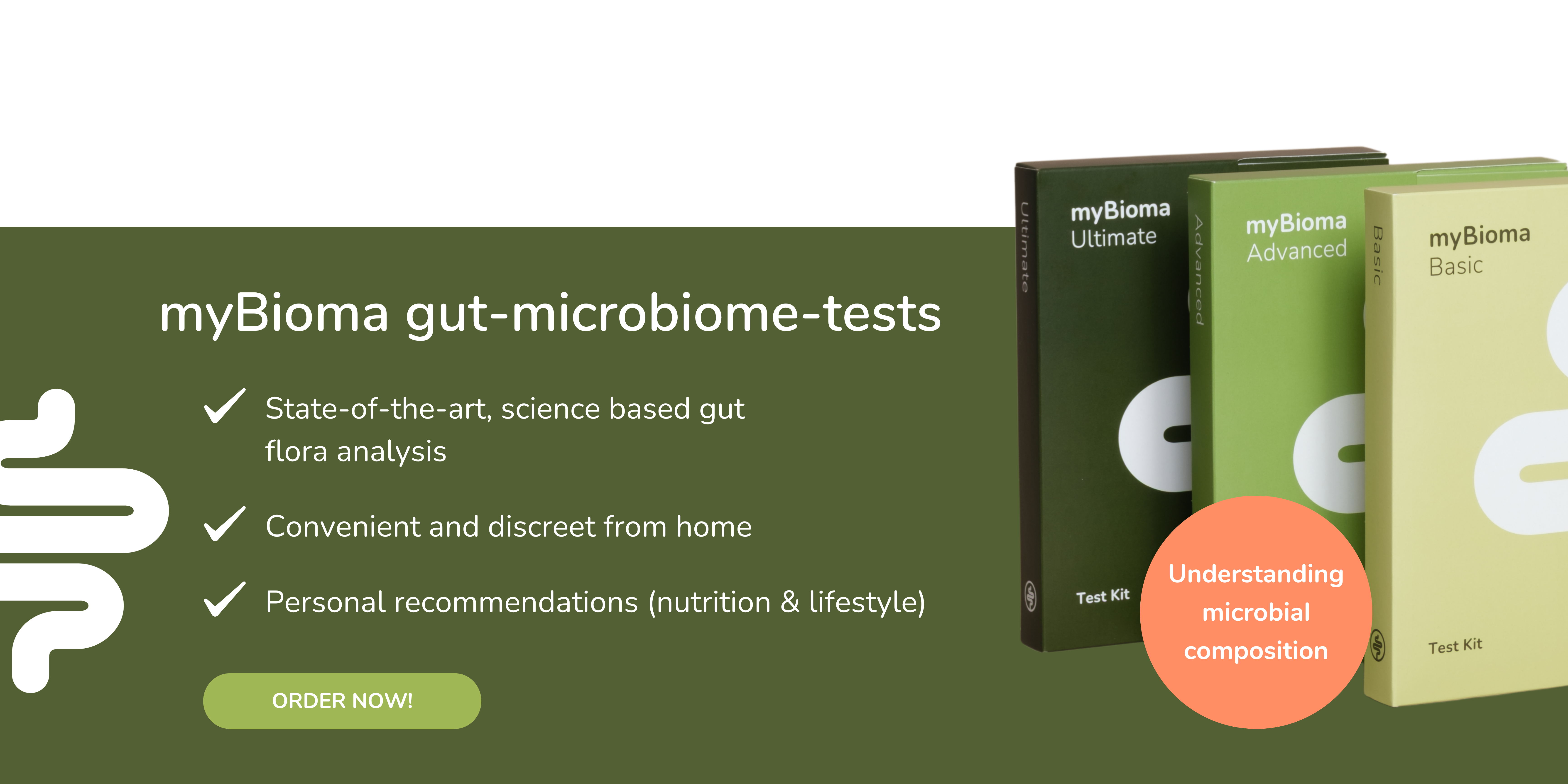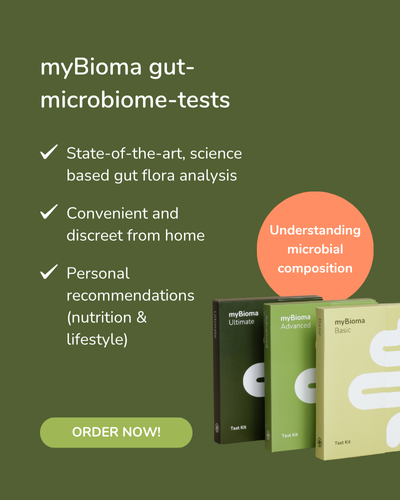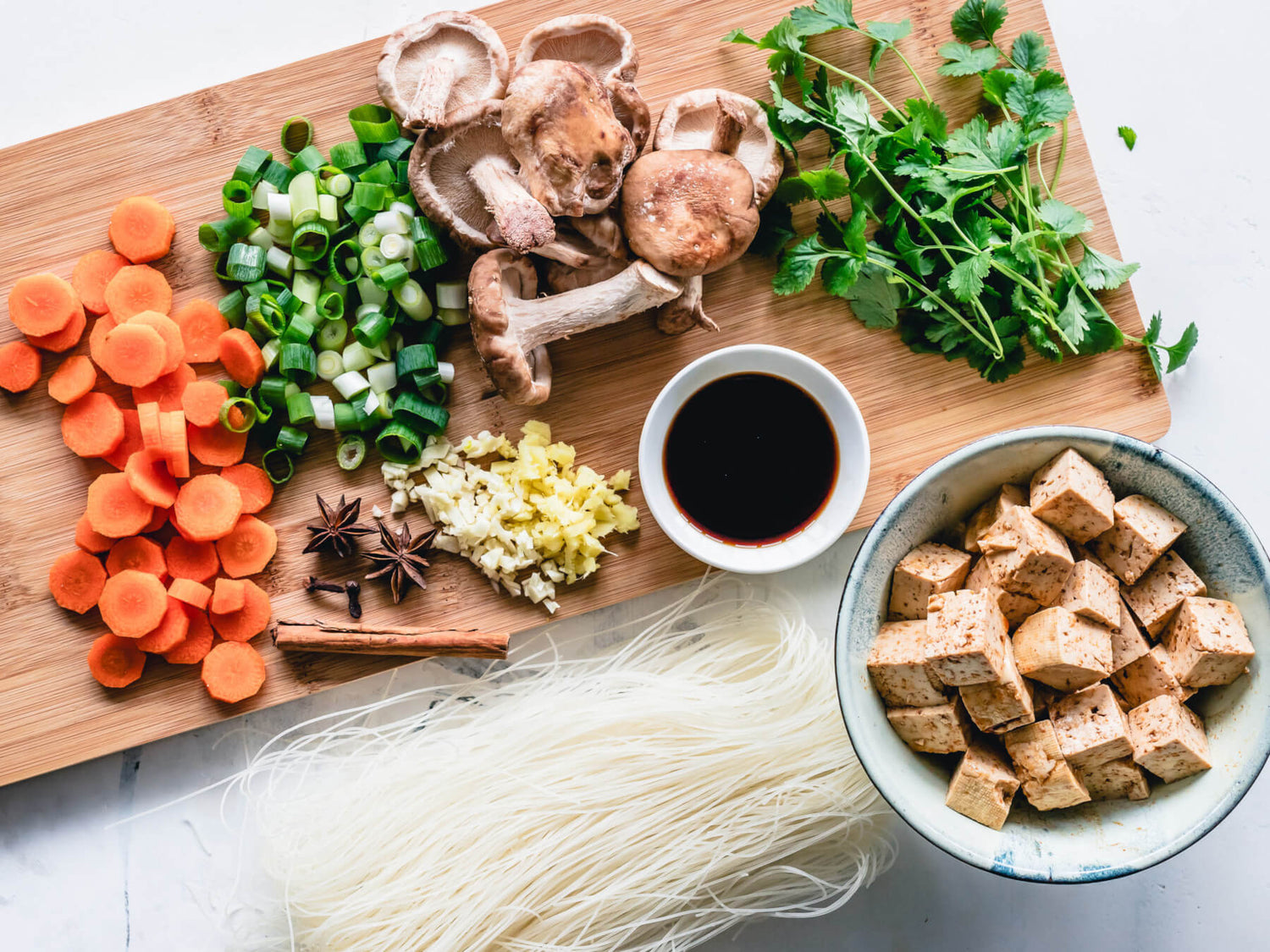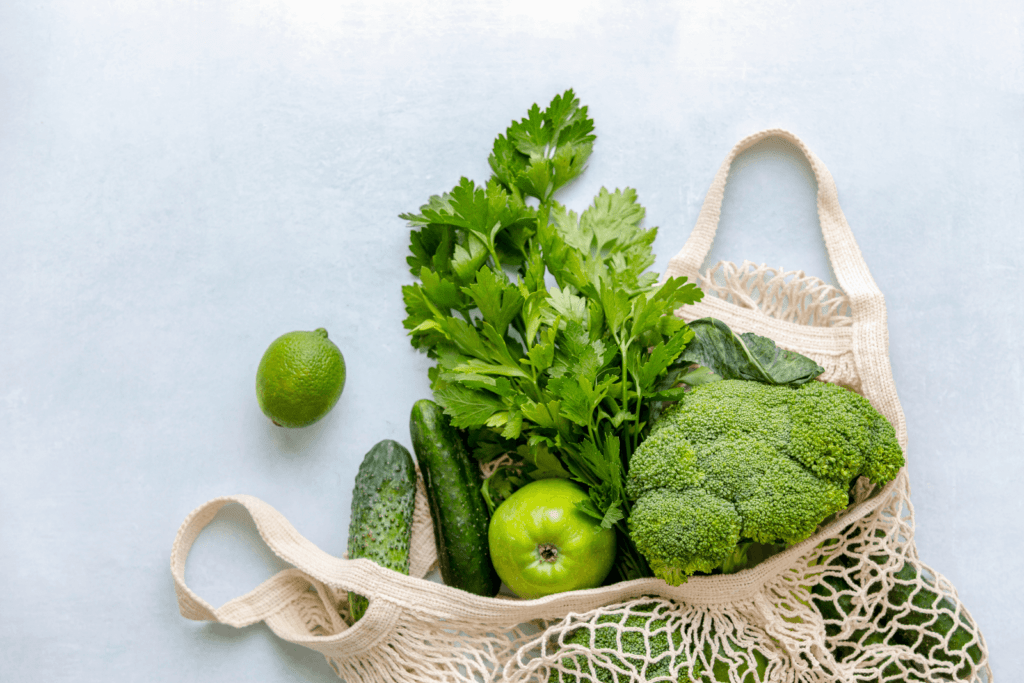... and why they don't just pose a health problem for your microbiome .
We all know that potato chips, cookies, hamburgers, etc. are full of salt, sugar and unhealthy fats and therefore contain a lot of calories. Likewise, excessive consumption leads to weight gain and a higher risk of developing diabetes and cardiovascular disease.
Ultra-processed foods are usually designed in such a way that they encourage people to overeat by tricking brain circuits (dopaminergic reward system). Due to a largely reduced protein and fiber content, the feeling of satiety only occurs later. So you end up consuming a lot of “empty” calories.

How processed foods and especially additives influence and trick the brain. (6)
A new hypothesis now offers another answer as to why processed foods are so unhealthy for us: the previously mentioned high sugar content and the lack of fiber cause our intestinal microbiome to become unbalanced (dysbiosis). Sugar primarily feeds harmful bacteria in the small intestine, which can subsequently lead to inflammation.
But what exactly are industrially processed foods?
They are made in factories, full of chemicals and other additives to make color, durability and texture more attractive to people. Generally, such processing enhances the flavor and increases the calorie content of the food. At the same time, healthy fiber, vitamins and nutrients are removed.
Given the fact that our diet has changed significantly - away from farming and towards industrially produced food - researchers are wondering how this affects our intestinal flora.

The regulation of food intake involves a balance between homeostatic factors (regulated by energy stores and energy requirements) and hedonic influences (consumption motivated by reward systems). (6)
To test the effects on intestinal flora, a study was carried out on mice. For this purpose, two groups of mice were used, which received either a low-fiber or a high-fiber diet. The final comparison clearly showed that the mice in the first group had a low diversity of intestinal flora and fewer bacteria. This development in intestinal flora is worrying because the more diverse our microbiome is, the better our health is.
At the same time, these changes in the microbiome can promote inflammation. Researchers were able to observe that people with an unhealthy diet also have signs of inflammatory reactions in their blood.
Another study proved that emulsifiers (additives used to stabilize processed foods) in particular disrupt our microbiome and trigger inflammation. These are a relevant trigger, especially in ulcerative colitis, a form of chronic inflammatory bowel disease.

A diet that contains a lot of processed foods can lead to inflammation.
Proposed biological mechanism: Carrageenan and carboxymethylcellulose (commonly used additives) in processed foods lead to erosion of the protective mucus layer and abnormal expression of tight junction proteins. Undigested food particles, toxins and microorganisms can then pass through the intestinal epithelium, leading to translocation of microbes and overcolonization by pathobionts, which can alter the composition of the intestinal microbiome and trigger immune system activation and the development of inflammation.
The lack of fiber in processed foods should also not be ignored, as these protect the intestinal mucosa and thus counteract leaky gut (a disruption of the intestinal barrier).
Why could disruptions to the microbiome (Dysbiosis) cause us to eat more?
On the one hand, it is because our gut bacteria starve due to a lack of fiber intake and crave more. On the other hand, dysbiosis leads to inflammation (see above), which hinders the effect of the hunger-suppressing satiety hormone leptin.
So far, a lot is known about how much our diet not only influences our microbiome, but also affects many other systems of the body (gut-brain axis, immune system, heart health, risk of inflammation, thyroid imbalances, mood states).
If you want to find out more about it, write to us for literature recommendations. Of course, we will keep you up to date on these topics on our blog.
Book recommendations:
-
Brainmaker - David Perlmutter
-
The Hungry Brain - Stephan J. Guyenet
- The Pleasure Trap - Douglas J. Lisle

Local farmers markets often offer a wide selection of fresh foods that your microbiome will be happy about.
So be smart and don't let your hard-working little helpers in your intestines starve. How about a visit to the nearest farmers market to buy fresh, local fruits and vegetables that provide lots of fiber and nutrients for healthy intestinal flora?
Are you curious and want to find out about the diversity in your gut? Test your microbiome here and we can give you more information about it.
References
- https://www.vox.com/science-and-health/2019/6/11/18652653/diet-weight-loss-ultra-processed-foods-microbiome
- Chassaing, B., et al. (2015). “Dietary emulsifiers impact the mouse gut microbiota promoting colitis and metabolic syndrome.” Nature 519(7541): 92-96
- Zou, Jun et al. “Fiber-Mediated Nourishment of Gut Microbiota Protects against Diet-Induced Obesity by Restoring IL-22-Mediated Colonic Health” Cell Host & Microbe, Volume 23, Issue 1, 41 – 53.e4
- Zinocker, M. K. and I. A. Lindseth (2018). “The Western Diet-Microbiome-Host Interaction and Its Role in Metabolic Disease.” Nutrients 10(3).
- Hall, Kevin D. et al. “Ultra-Processed Diets Cause Excess Calorie Intake and Weight Gain: An Inpatient Randomized Controlled Trial of Ad Libitum Food Intake” Cell Metabolism, Volume 30, Issue 1, 67 – 77.e3
- A.Y. Onaolapo, O.J. Onaolapo, “Food additives, food and the concept of ‘food addiction’: Is stimulation of the brain reward circuit by food sufficient to trigger addiction?”, Pathophysiology, Volume 25, Issue 4, 2018, Pages 263-276, ISSN 0928-4680, https://doi.org/10.1016/j.pathophys.2018.04.002.(http://www.sciencedirect.com/science/article/pii/S092846801730175X)
- Limbergen, Johan & Vincent Martino, John & Cahill, Leah. (2017). “The Role of Carrageenan and Carboxymethylcellulose in the Development of Intestinal Inflammation.” Frontiers in Pediatrics. 5. 10.3389/fped.2017.00096. https://www.pexels.com/photo/apple-business-fruit-local-95425/







